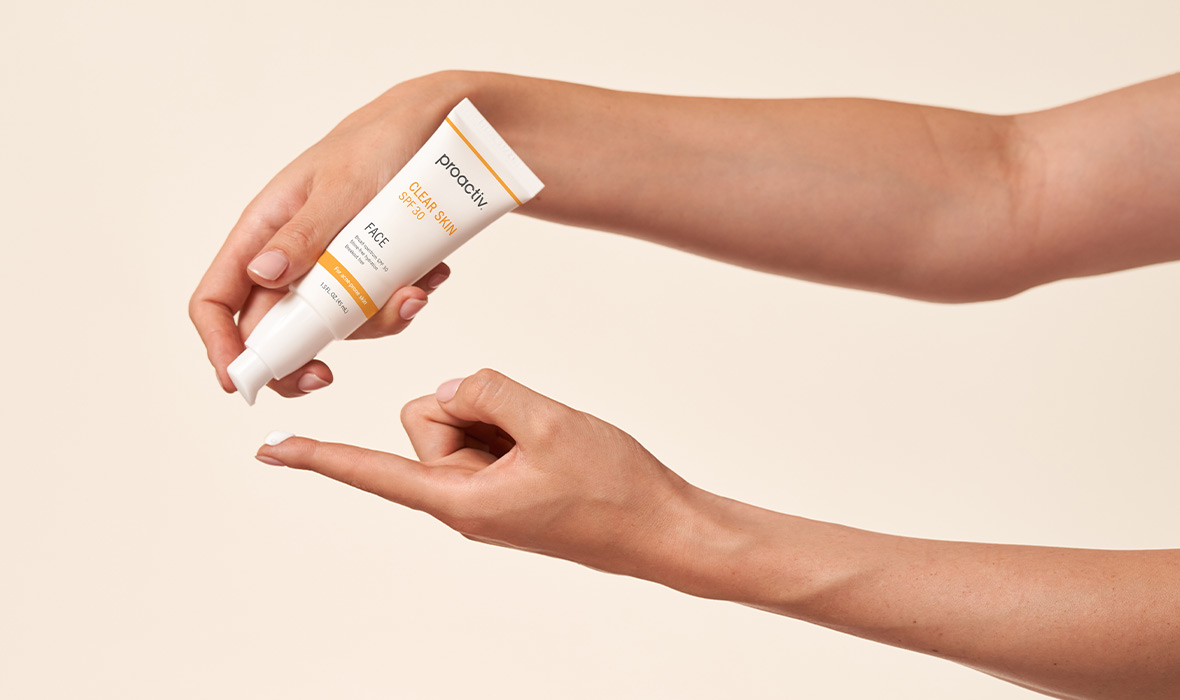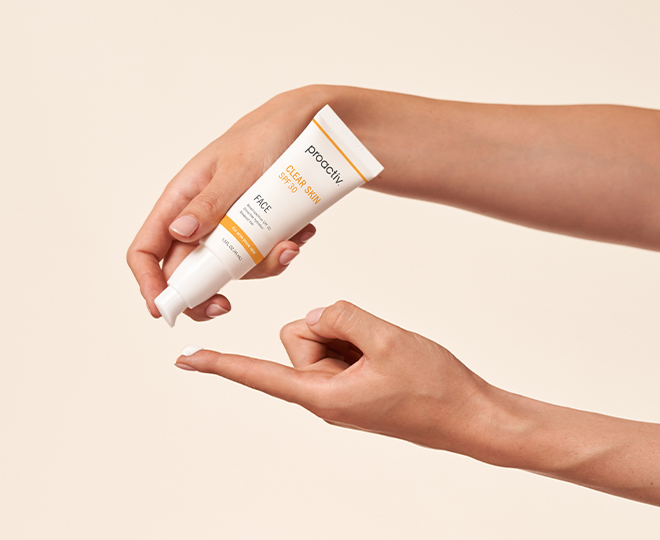Believe it or not, there are several science-based anti-aging ingredients out there that actually work so if you’re curious about the best anti-aging ingredients, read on to find out how to keep skin young-looking and feeling.
For wrinkles
Aging comes with the gift of wisdom, but also fine lines and wrinkles from the loss of collagen over time. Age, free radical damage, repeated facial movements like smiles and frowns, as well as unprotected sun exposure are all contributors as well.
How should you buy skincare for wrinkles? Look out for a few key ingredients:
-
Retinol helps regulate cell growth for healthy skin.
Retinol is an over-the-counter form of vitamin A that works by penetrating the skin and encouraging the growth of new skin cells. Due to its exfoliating properties, the ingredient also helps balance your skin’s hydration. Use retinol at night for an overnight skin treatment and be sure to use an SPF 30 or higher when using products that contain retinol.
-
Vitamin C has properties that can help guard against free radical damage.
Lucky for us, it’s easy to find in skincare. The only trick? Vitamin C is sensitive to light, so choose products that come in opaque packaging. We recommend applying it in the morning.
-
Sunscreen is tried but true, known for helping to protect you from harmful sun damage caused by UVA and UVB rays.
You’ll want to choose a product with a minimum of SPF 30 to make sure it’s effective. Apply sunscreen before you leave the house to help protect your skin for the day and make sure you choose a non-comedogenic sunscreen so it won’t clog your pores. Sunscreen should be reapplied every two hours and if you are swimming or sweating, be sure to use a water-resistant sunscreen. Using sunscreen in conjunction with other sun-protective measures – like avoiding excessive time in the sun, and wearing hats, sunglasses, and long-sleeved clothing – is the best way to stay protected.
For sagging skin
Another sign of collagen breakdown is sagging skin. As you age, your skin loses fat, causing a drooping, or sagging, of the skin. Here are two anti-aging ingredients that can help:
-
Peptides are lesser known, but proven to be effective.
These protein building blocks send signals to improve moisturization. They can help reduce the appearance of sagging skin. Peptides can be found in serums and night creams.
-
Hyaluronic acid is known for its ability to plump the skin as it can hold 1000 times its weight in water.
Over time, it can help improve the skin’s appearance. Hyaluronic acid can boost skin moisturize through hydration. Look for this ingredient in over-the-counter moisturizers and serums.
For age spots
Wondering why you’re seeing age spots? Known as post-inflammatory hyperpigmentation, dark spots can occur due to excessive sunlight or healed acne. Usually tan or dark brown in color, dark spots can take time to fade away. Here’s a few ingredients that can be used for age spots treatment:
-
Vitamin C, described above as well, is another anti-aging ingredient that can be used to help fade the appearance of age spots, so it packs a double punch.
It helps protect the skin from free radical damage by acting as an antioxidant. We recommend using the ingredient for at least 12 weeks before you can expect to see results. Fading the appearance of age spots is tricky and takes time so make sure to keep wearing sunscreen daily to help protect your skin from age spots instead of trying to fade them after the fact.
It’s best to start with a low concentration to introduce your skin to the product. Steer clear of clear packaging, as vitamin C can degrade with light exposure.
-
Kojic acid can also help brighten the skin.
Acting as an antioxidant, kojic acid is known to help inhibit melanin production. This ingredient is found in serums and moisturizers, including our Ultra-Hydrating Moisturizer in the ProactivMD system.
We can’t stress this enough: Wear sunscreen! All of these skin brightening products increase your skin’s sensitivity to the sun, so it’s important to keep your skin protected.
For uneven skin tone
Wondering how to fix uneven skin tone? As your skin ages, it’s normal for discoloration and uneven skin tone to occur. Here are a few ingredients that can help:
-
AHAs, or alpha hydroxy acids, are found in skincare products from exfoliators to cleansers.
AHAs help remove dead skin cells by dissolving their bonds, making way for smoother skin. One common AHA is glycolic acid, which can help reduce the appearance of hyperpigmentation. We recommend starting off with a 5-10% AHA product.
For dull skin
Have you ever asked yourself, "Why does my skin look dull?" Chances are your skin just needs some moisture. Dryness can be caused by dry climates, not drinking enough water or smoking. Here are a few ingredients to give your skin a boost:
-
AHAs are a simple way to remove dead skin cells.
Look for creams or serums that contain glycolic or lactic acid. These AHAs will speed up the turnover process, improving the appearance of dull skin.
Conclusion
Just as you’d nourish your body with food and exercise, it’s important to nourish your skin too. Incorporate anti-aging ingredients into your skincare routine.
The most effective anti-aging skincare requires quality ingredients. Be mindful of the active ingredient percentage in your skincare, and start small. Implement the new ingredient once a week to see how your skin reacts at first.
Remember, it’s normal for your skin to change and grow as you do. Be kind to your wrinkles and age spots – they’re signs of a life well-lived.






